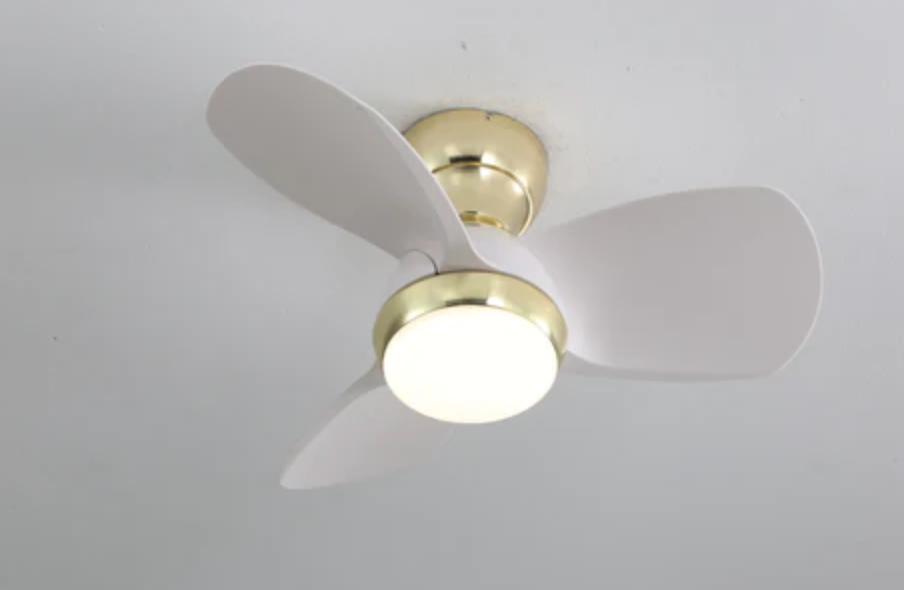
Why ceiling fan shakes
Ceiling fans can shake for a variety of reasons. One of the most common is an imbalance in the fan blades. This can occur when two or more blades are different lengths, or if one blade has become bent over time. If your ceiling fan is shaking, start by checking the balance of your blades by removing and reinstalling them one at a time to see if the vibration persists.
Another possible cause of shaking is that the fan has become loose over time, or when it was first installed. If this is the case, the best solution would be to tighten all the screws and bolts on both the mounting bracket and motor housing. It's also important to make sure
Lastly, the fan motor could be in need of replacement or repair if it is too noisy or shows signs of wear. If this is the case, contact a qualified technician to inspect and repair the fan motor. This may require ordering parts or replacing the entire unit.
In addition to these common causes, ceiling fans can also shake due to loose wiring or a rattling light fixture. If you suspect this is the case, it's best to seek the advice of an electrician before attempting any repairs yourself. While this may cost extra, it will be worth it in the long run for your safety.
By identifying and addressing the underlying cause of your fan’ shaking, you can enjoy a peaceful and comfortable experience. Your ceiling fan should be free of vibrations and run smoothly for many years to come.
Why ceiling fan stopped working
There are a few common reasons why a ceiling fan might suddenly stop working. The most likely culprits are:
1. Blown Fuse or Tripped Circuit Breaker: If the circuit breaker supplying power to your fan trips, then it will no longer function as intended. Check around your home’s fuse box for any tripped circuit breakers. If you find one, reset it and your fan should come back on.
2. Poor Electrical Connections: Ceiling fans typically have multiple wires connected in various places. Over time, these electrical connections can become loose or corroded, leading to a loss of power and/or functionality. Inspect the Check all connections for signs of corrosion or loosening. If needed, tighten any loose connections and clean away any corrosion.
3. Worn Motor Parts: If none of the above issues are present, then it is likely the motor has worn out or been damaged in some way. This could be caused by a variety of things like age, improper use, or an electrical surge. Unfortunately, in this case the only option is to have the fan replaced.
No matter what issue you may be having with your ceiling fan, it's important to call a professional electrician if you are not sure of how to fix it yourself. This will ensure that any repairs are done safely and correctly.

